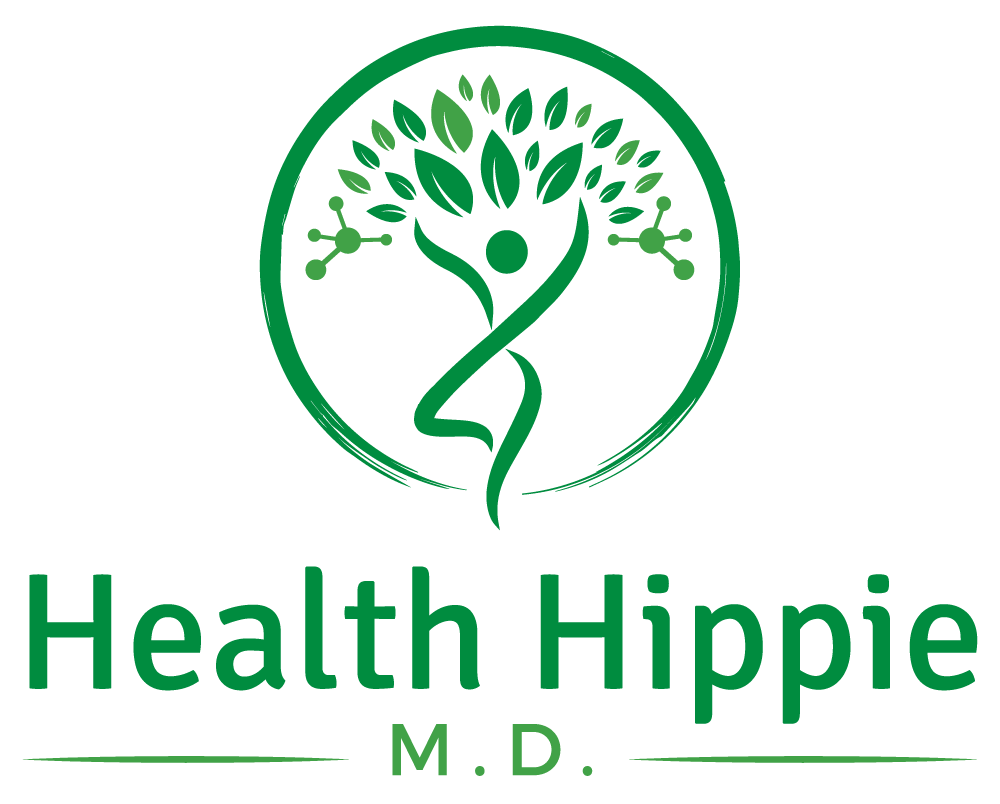043 - Brain Stimulation, Hacking Sleep, and Sad Music - HealthHippieMD Week In Review
Falling
About 25% of adults 65 and older will fall each year. Falls lead to bodily injury that speeds up the need for nursing care and, in some cases, death. Balance declines with age, but exercise can help stave off some of the risks of falling has some practical advice on how to minimize the risk for yourself and your loved ones.
Ozempic: A New Treatment for Addiction?
The weight-loss drug Ozempic, also known as semaglutide, shows unexpected side effects in patients. Along with suppressing appetite, people taking Ozempic have reported losing interest in addictive and compulsive behaviors such as drinking, smoking, shopping, nail-biting, and even skin picking. Scientists are intrigued by these anecdotes and have been studying drugs similar to liraglutide for their potential to curb addiction. The drug affects the brain's reward circuitry, making it a potential anti-addiction medication. Could Ozempic Also Be an Anti-addiction Drug?
Sad Music: Seeking Connection, Not Sorrow
A new study explores why we are drawn to sad songs, suggesting that it's not about experiencing sadness but seeking a sense of connection. While some theories propose that specific musical elements trigger sadness, the study emphasizes cognitive mechanisms and empathy as key factors. The findings indicate that people value emotional expression over technical proficiency in music and that listening to sad songs provides a connection, making us feel less alone. Why Do We Listen to Sad Songs? A New Study Offers an Answer. (gift article)
Mindfulness and Meditation
How meditation can change your life and mind explores the potential benefits of meditation and its ability to bring positive changes to people's lives. While the hype around meditation often includes extravagant claims, research suggests that mindfulness meditation, in particular, can have a significant impact. It enhances awareness and attention, improves emotional regulation, reduces stress, and fosters prosocial behaviors. However, it's important to approach meditation with an experimental mindset and find a practice that aligns with individual goals. Meditation is a valuable mental health tool but should not replace conventional care.
Peter Attia Publishes a Book
One of my favorite podcasts is Peter Attia's Drive.. He has been making the rounds promoting his new book: Outlive: The Science and Art of Longevity. The New York Times interviewed him, and I have to say, his intensity shined through: Want to Live Longer and Healthier? Peter Attia Has a Plan. (gift article)
Chronic Pain Linked to Orbitofrontal Cortex
A new, tiny study linked chronic pain to activity in the orbitofrontal cortex, an area involved in emotion regulation, self-evaluation, and decision-making. "The research suggests that such patterns of brain activity could serve as biomarkers to guide diagnosis and treatment for millions of people with shooting or burning chronic pain linked to a damaged nervous system." Although this article is intriguing, reader beware. Given the tiny sample size, it is hard to consider this finding much more than an intriguing idea. Much more research is needed. Chronic Pain Linked to Brain Signals in Orbitofrontal Cortex.
Hacking Sleep to Improve Creativity
Researchers at the MIT Media Lab and the Center for Sleep and Cognition have discovered that the first ten minutes of sleep, known as N1 sleep, can enhance creativity and problem-solving abilities. The study found that those who experienced N1 sleep and had their dreams incubated scored significantly higher in creativity tests than non-sleepers and those who only took naps. This research highlights the potential of N1 sleep for boosting creativity and finding innovative solutions. Harness the Creativity-Boosting Power of "N1" Sleep
Persistence Enhances Creativity
In the article Why We Get More Creative Over Time , the authors discuss the misconception that our creativity diminishes as we persist with a problem. Research shows that persistence is the key to generating more original ideas. Experiment participants consistently produced more creative ideas than they anticipated during subsequent attempts. The serial-order effect suggests that each successive idea will likely be better than the previous one. This pattern applies not only to individuals but also to companies and markets. The article challenges the myth of novelty and highlights the importance of persistence in achieving breakthroughs.
Ketamine vs. ECT for Depression in New England Journal
Electroconvulsive Therapy, for 80 years, has been considered the gold standard for refractory depression. Ketamine versus ECT for Nonpsychotic Treatment-Resistant Major Depression, published in New England Journal of Medicine demonstrates that ketamine may be a viable option to ECT. Ketamine Matches 'Gold Standard' in Major Depression Trial. More research is needed.
Electrifying the Mind: Rhythmic Brain Stimulation Enhances Cognitive Function
A meta-analysis suggests that tACS improves cognition in healthy, aging, and psychiatric populations is a recently published paper of over 100 studies on transcranial alternating current stimulation (tACS) reveals that rhythmically stimulating the brain with electrical currents can significantly boost cognitive function. By applying controlled currents to specific brain regions, tACS induces rhythmic brain activity, enhancing mental capabilities. The analysis suggests consistent and immediate improvements in mental function, particularly in executive function, attention, and memory. Furthermore, tACS proves effective in older adults and individuals with neuropsychiatric conditions. Rhythmically stimulating the brain with electrical currents could boost cognitive function, according to an analysis of over 100 studies.
Blood Types Ranked
Here is a quick overview of blood types and their frequency in the population: What Is the Rarest Blood Type in the World?
Conspiracy Detection Kit
Political races are heating up, and with them, various conspiracy theories. Here is a toolkit to help you determine what is real: 10 rules to tell if a conspiracy theory is true or false

